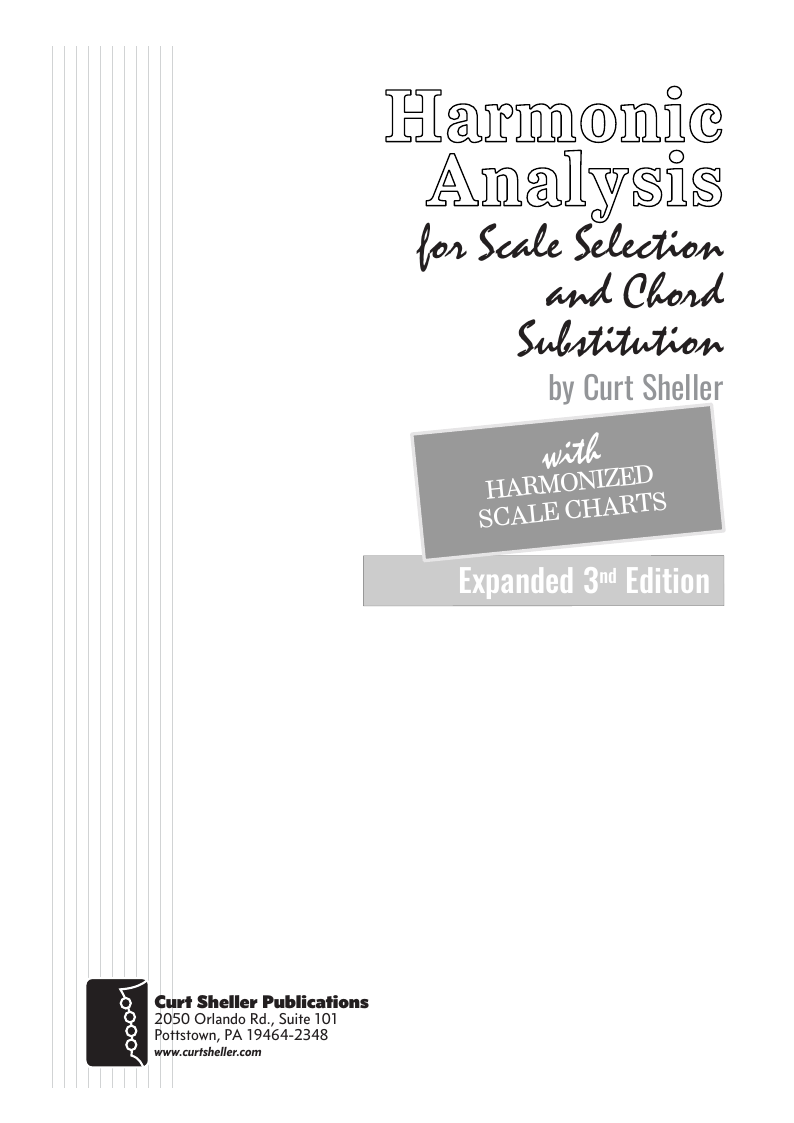Harmonic Analysis (RMA) Worksheet for the song: "Deep In The Heart Of Texas".
Harmonic Analysis (RMA) Worksheet for the song: Deep In The Heart Of Texas.
Deep In The Heart Of Texas is an American popular song about Texas.
The 1941 song features lyrics by June Hershey and music by Don Swander. There were no fewer than five versions in the Billboard charts in 1942. "Deep in the Heart of Texas" spent five weeks at the top of Your Hit Parade in 1942 during its twelve weeks stay.
The University of Texas Longhorn Band performs the song during each football pregame at Darrell K Royal–Texas Memorial Stadium; The Spirit of Houston Cougar Marching Band often performs the tune for home football games and the Texas Christian University Horned Frog Marching Band performs an arrangement before each game at Amon G. Carter Stadium. Fans sing "Take Me Out to the Ballgame", followed by "Deep in the Heart of Texas" during the seventh-inning stretch of Houston Astros, San Antonio Missions, Rice Owls, Houston Cougars, and Baylor Bears baseball games, and in the middle of the fifth inning at Texas Rangers games. It is also played after every victorious San Antonio Spurs game. It is also played in the middle of a water break at Houston Dynamo games. It is played before every Houston Texans game, 15 minutes before kickoff. (wikiwand);

The Daily Ukulele— 365 Songs for Better Living book.


A simple I , V chord progression. The Tonic and Dominant , the Primary chords of the major key.
In a short amount of time you'll come recognize these simple chord progressions, just by the chord grids listed at the top of the leadsheet (page). And, hearing where the chords are naturally changing.
Scale Choices
For a Full Diatonic chord progression the first choice scale is the Major scale in the key of the progression. A subset of the Major scale is the Major Pentatonic – the Major scale with no 4th or 6th scale degrees.
A Harmonic Analysis (RMA/HA) and its worksheet are intended to show the function of the chords, the harmonic principles used, the keys and tonalities the song explores. And, can be used for scale selections and chord and scale substitutions.
lead leadsheet.Minimal roadmap information such as repeats, fine, D.S., D.C., and codas has been used in preparing the worksheets to somewhat mirror the leadsheet in the Daily Ukulele book.
Yellow Book. You should start to recognize that 1st endings typically always return to a previous verse or an
 section. With a 2nd ending, a transition to a different part of the song, a
section. With a 2nd ending, a transition to a different part of the song, a  or chorus. Harmonic Principles are used for these repeats and transitions.
or chorus. Harmonic Principles are used for these repeats and transitions.- Deep In The Heart Of Texas is in 4/4, Common Time and the Key of D . The Gene Autry version is in the Key of Eb , Tempo: 115 bpm

Contemporary Scales: Minor Pent: Minor Pentatonic, Pent: Major Pentatonic, Blues,
Scale/Mode Names: Ion: Ionian (Major), Dor: Dorian (Minor), Phrygian: Phrygian, Lyd: Lydian, Mix: Mixolydian (Dominant), Aeol: Aeolian (Natural Minor), Loc: Locrian


Related Lessons, Videos, Lesson Series, Songs, Books & Reference Charts, Resources & Assets, Workshops are below.

Harmonic Analysis ( HA ) is the process used to determine the harmonic function of chords within a chord progression. A chord progression is defined as a sequence of chords, each chord has a root and has a particular chord type. The relationship of a chord's root to a scale determines its function within that scale's tonality. Once a chord's function is identified, scale selections along with chord and scale substitutions can be made. This process is called Root Movement Analysis ( RMA ). This series of lessons are extracted from my book for use with individual private and on-line students. Each lesson directly corresponds the chapters in my book Harmonic Analysis for Scale Selection and Chord Substitution by Curt Sheller (me).

Harmonic Analysis (HA), also known as the study of chord relationships, is the method used to identify the harmonic role of chords within a chord progression or song. A chord progression refers to a sequence of chords, with each chord having a root note and belonging to a specific chord type. The function of a chord within a particular scale's tonality is determined by its relationship to that scale.

Harmonic Analysis is the understanding of the functional sequence of chords. It is the process used to analyze the harmonic structure of a progression, song or composition. This analysis is then used to make scale selections for improvisation and chord substitution.

Strum a different song every day with easy arrangements of 365 of your favorite songs in one big songbook! The Daily Ukulele features ukulele arrangements with melody, lyrics and uke chord grids and are in ukulele-friendly keys that are particularly suited for groups of one to one hundred to play and sing.

Learn a variety of strums and rhythmic patterns in wide range of musical styles. One of the first skills a ukulele player learns is the art and craft of strumming, playing rhythm. This refers to an accompaniment technique suitable for the singer, singer - songwriter or someone who plays a support role for another instrument.

Finally, learn the names of the notes of the ukulele fingerboard in C tuning .

Learn the six fingering principles to navigating the ukulele fingerboard. Fingering is one of the most universal topics. Book: Six Secrets of the Ukulele Fingering

Harmonic Analysis is the understanding of the functional sequence of chords. It is the process used to analyze the harmonic structure of a progression, song or composition. Book: Harmonic Analysis for Scale Selection and Chord Substitution

Learn to read single note melodies in the first/open position is a lot easier than you might think. Book: Ukulele – Reading Music Series – Primer

An organized collection of daily practice and reference material for the contemporary ukulele player for developing the vocabulary and knowledge necessary for single note playing. Book: Daily Practice Material for the Contemporary Ukulele
Checkout the Books & Reference Charts for additional Handy, Dandy Reference Charts.

Ukulele Fingerboard Chart for C Tuning, Low or High G – G C E A

Ukulele Fingerboard Chart for G Tuning, Low or High A – D G B E

A handy reference chart of all 15 major and relative minor key signatures. US Letter 8.5 x 11 sized (ANSI-A), A4
Checkout the Books & Reference Charts for additional Handy, Dandy Reference Charts.







.jpg)